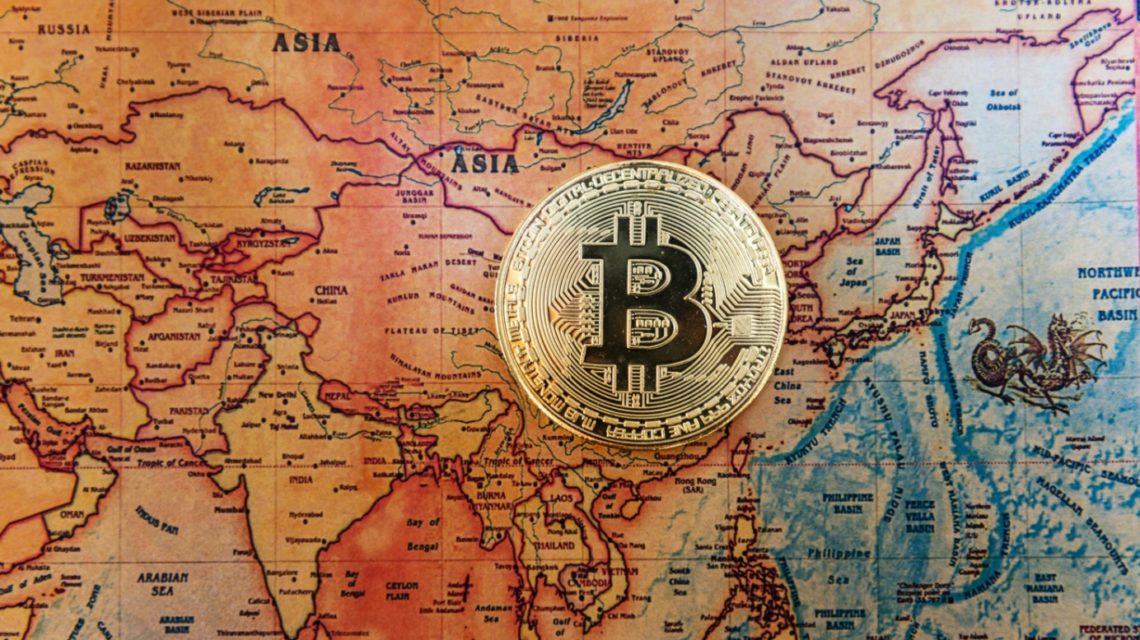From 1947 to 1991, 44 years passed with the cold war. In this period, the Western Bloc led by the USA and the Eastern Bloc led by the Soviet Union came face to face. The parties were maintaining the balance of power with economic, political and technological methods rather than a physical war, and they did not even hesitate to use nuclear weapons as a threat.
In the 2000s, the cards were redistributed and the form of the cold war was reshaped. Now the superpowers have weapons that constitute a much greater element of power. In the age of technology, market makers who discovered the power of digitalization often occupied our agenda, but this time Asia started to represent the eastern bloc. So what are our new weapons? In fact, the biggest power is always money. When Satoshi published his Bitcoin Whitepaper in 2008, could he have predicted that countries would start a war on digital currencies and then want to take part in the ecosystem one by one?

Cryptocurrency markets have passed tough tests in the past year. Both the FTX crisis and the LUNA-UST algorithmic stablecoin crisis caused investors to worry about trust, and that’s exactly why we knew that regulations were the main agenda for 2023. Let’s take a look at the developments since the beginning of the new year.
US Senator Pat Toomey presented the stable coin bill to the US Congress before the end of 2022, saying that stablecoins may not be considered securities, provided that the issuer companies do not offer interest-bearing products or behave like any investment company.
While the crypto market is waiting for positive developments to come, the news that the US Securities and Exchange Commission (SEC) plans to sue Paxos for violating the law created a bombshell effect last week. As the reason, Binance USD (BUSD), issued by Paxos, is an unregistered security. After the news that Paxos would terminate its services, users began to convert their BUSD to USDT to avoid the UST scenario that led to the biggest crisis of 2022, and even a new $1 billion USDT supply was put into circulation. Then, we saw BUSD decline to the $0.9950 level.

Well, if you ask what was Binance’s move in response to all this, Binance CEO Changpeng Zhao made a Twitter post stating that the company is researching other issuers and non-USD-based stablecoins in the market.
On the other hand, Hong Kong made a statement stating that it wanted to be the center of cryptocurrencies, and by taking a big step in parallel with all these developments, the Hong Kong Securities and Futures Commission (SFC) allowed individual investors to buy and sell cryptocurrencies on licensed platforms as of June 1. suggested giving. The two largest cryptocurrencies, Bitcoin and Ethereum, are considered likely to be listed on Hong Kong exchanges.

The Gemini founder said that the next bull rally in cryptocurrencies will start from the east, while Coinbase CEO Brian Armstrong stated that the USA is at risk of losing its financial center status to Asian countries such as Hong Kong.
As a result, in the light of all these developments, we see that the cold war with the threats of nuclear weapons in the 90s has left its place to the instruments of the digital world. Market makers will either take the piece of the pie themselves or take a step back by standing against technology. We will watch and see together.







